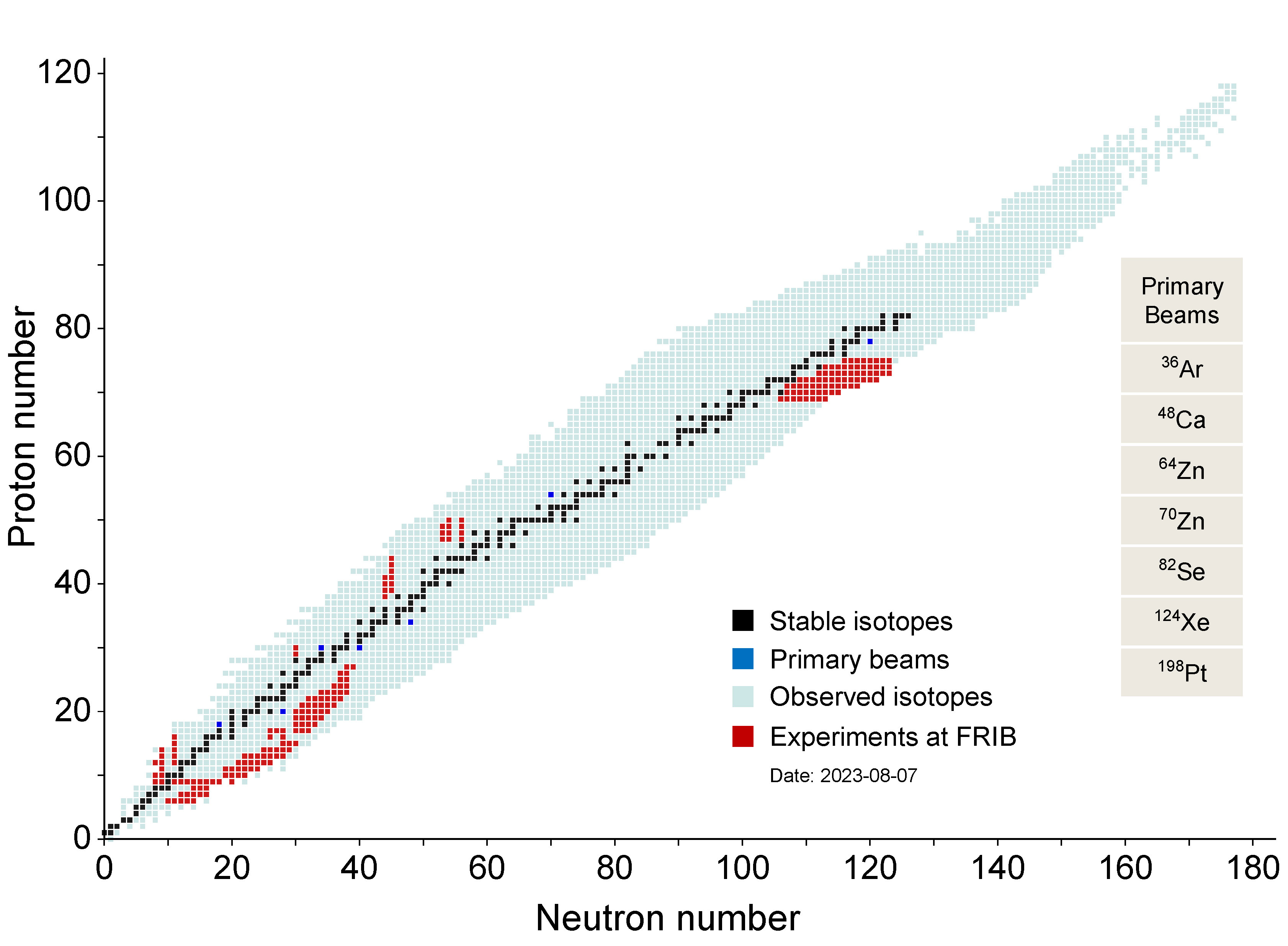
The Facility for Rare Isotope Beams after One Year of Operation
Department of Energy user facility helps probe questions from changes in the structure of nuclei to nuclear reactions that shape the Universe.

Department of Energy user facility helps probe questions from changes in the structure of nuclei to nuclear reactions that shape the Universe.

A new system for detecting photons in laser-powered quantum computers brings these systems closer to reality.
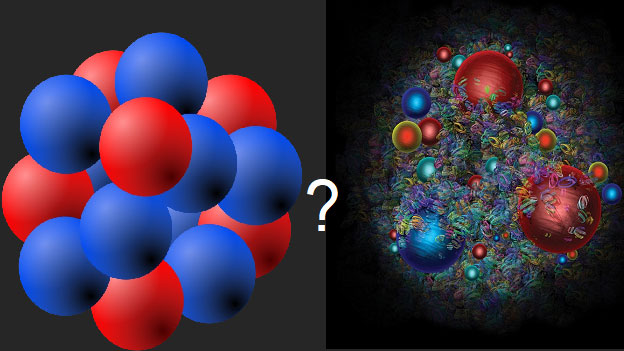
Matter inside neutron stars can have different forms: a dense liquid of nucleons or a dense liquid of quarks.
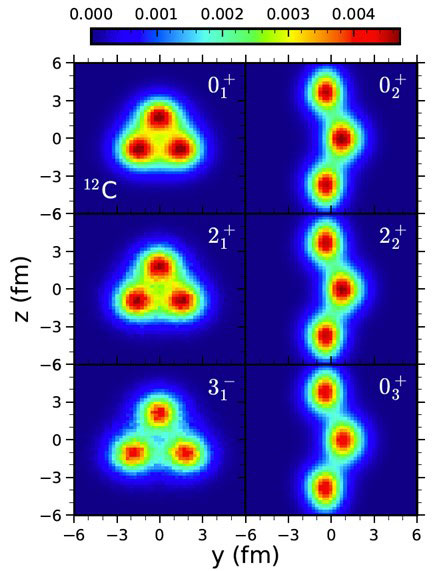
Researchers examine the structure of the low-energy nuclear states of carbon-12 using nuclear lattice effective field theory.
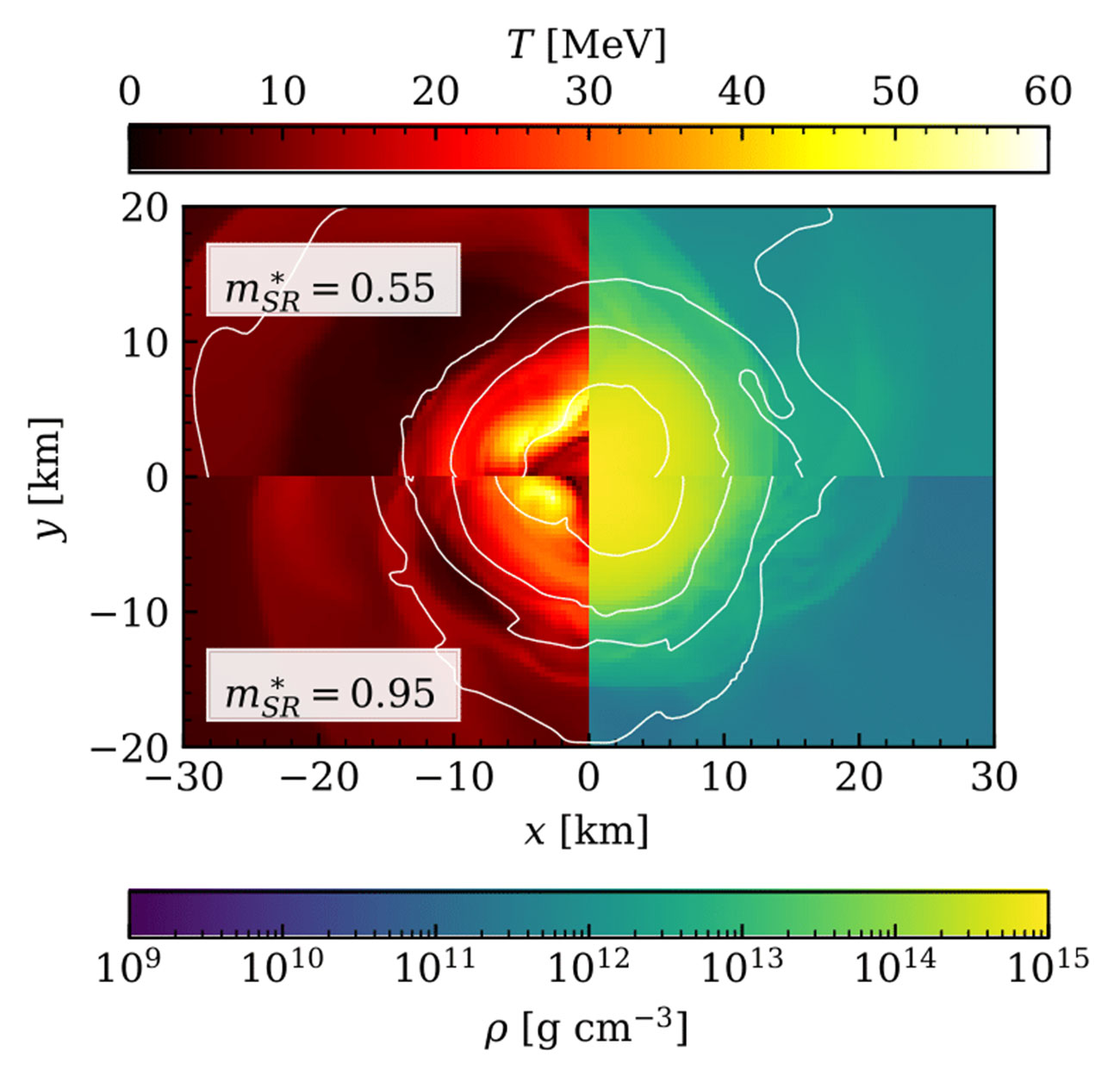
Simulations of binary neutron star mergers suggest that future detectors will distinguish between different models of hot nuclear matter.
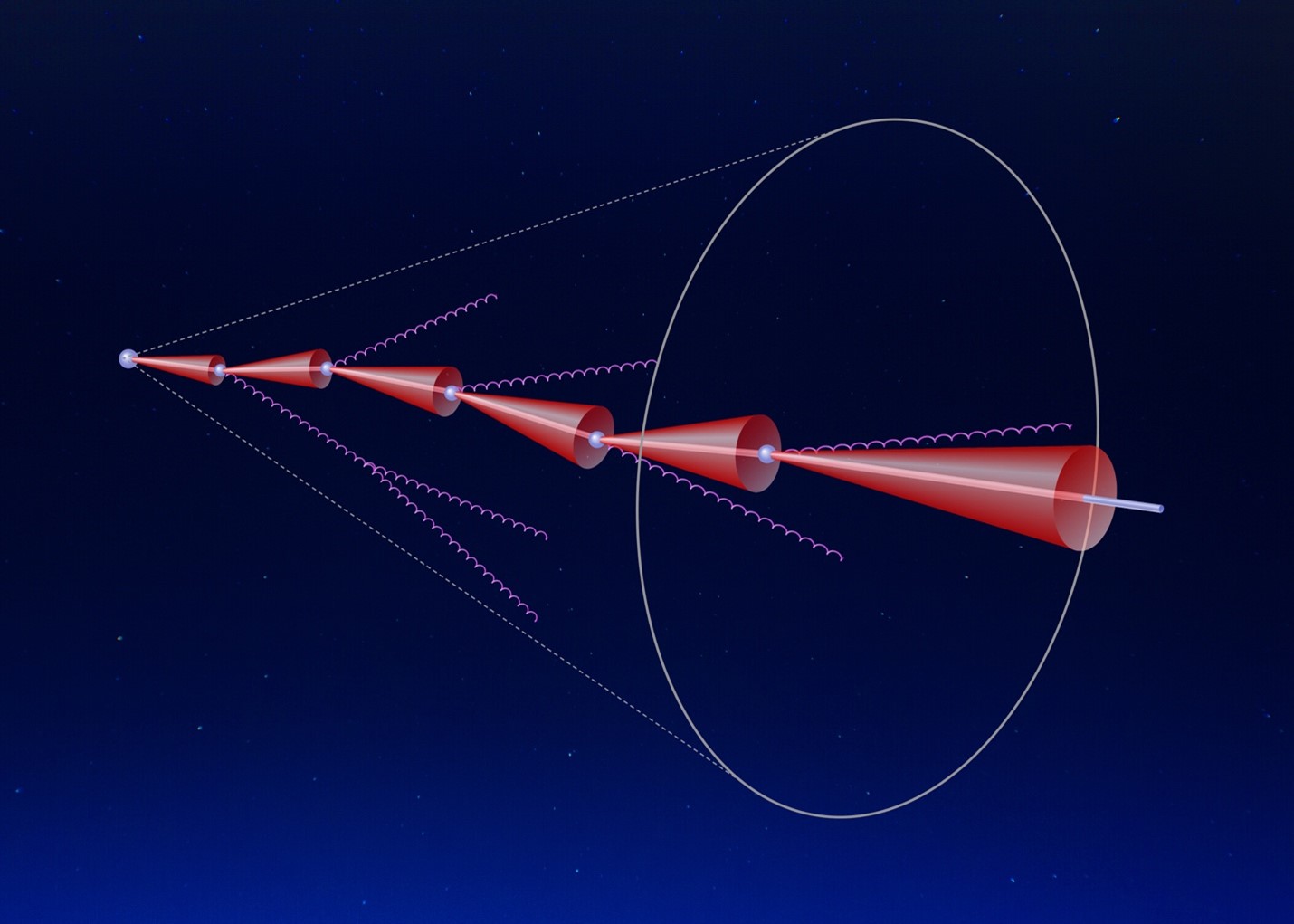
Novel techniques allow the first direct observation of a predicted effect that results in the suppression of gluon radiation emitted by a heavy quark.
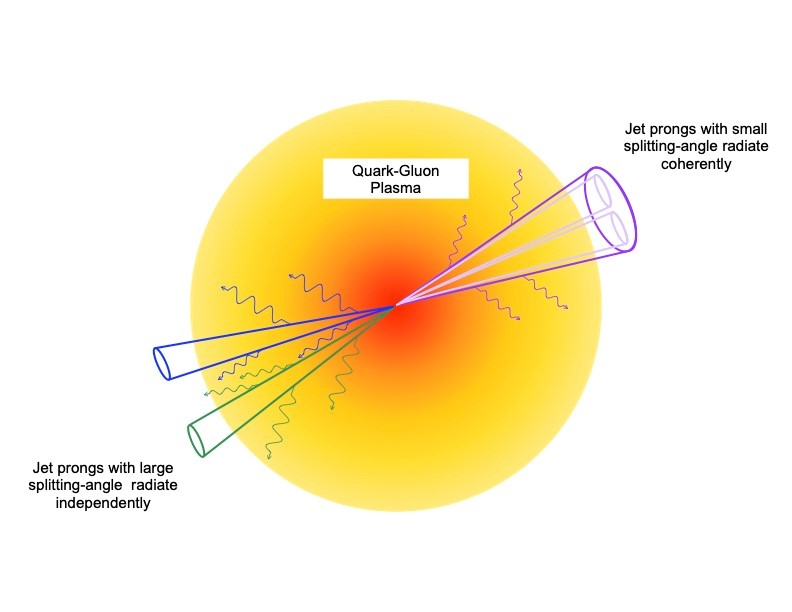
Jets of particles in quark-gluon plasma from heavy-ion collisions lose energy via radiation, but how they radiate energy depends on the jet’s structure.
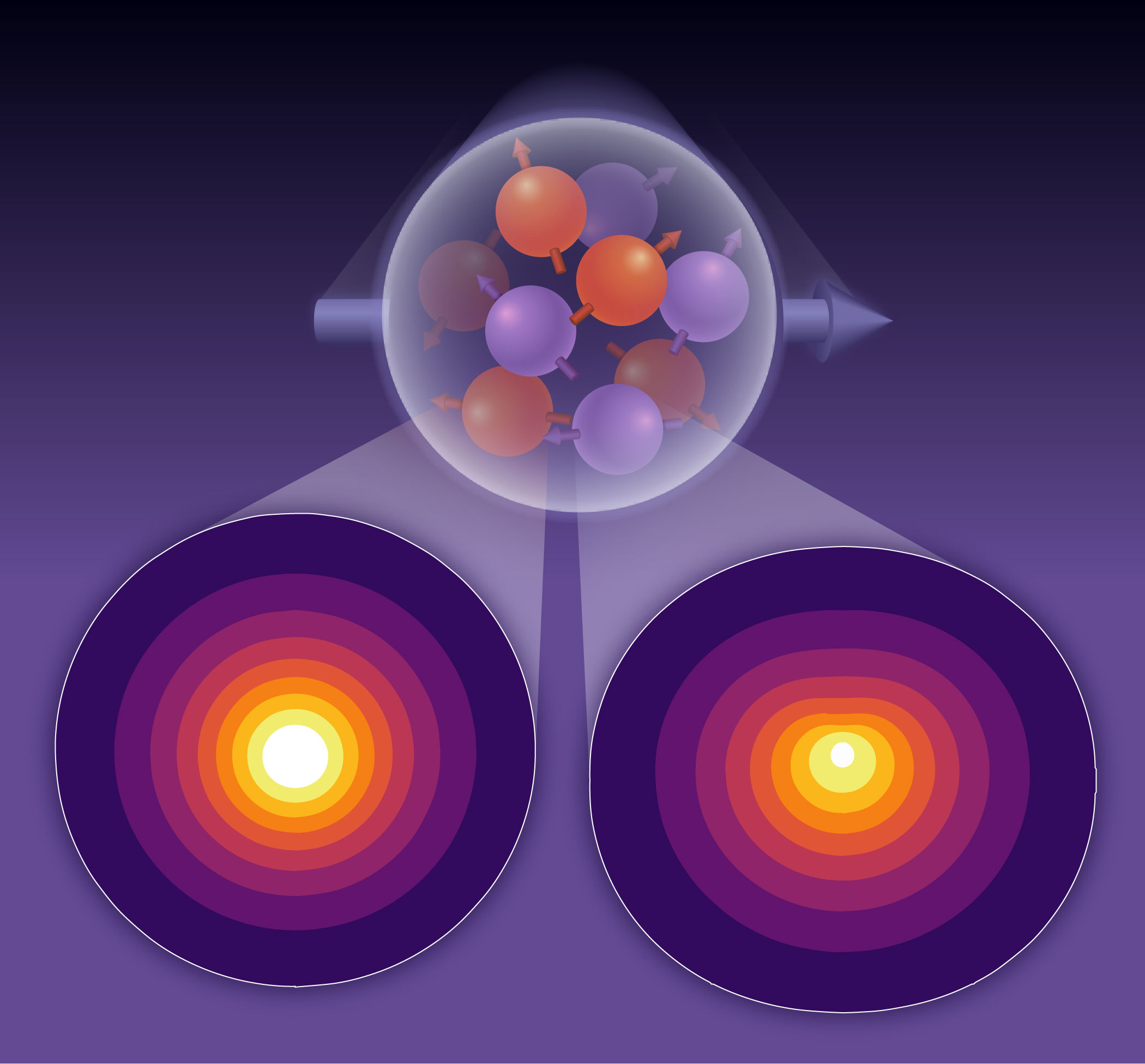
Theorists predict differential distribution of 'up' and 'down' quarks within protons—and differential contributions to the proton's properties.
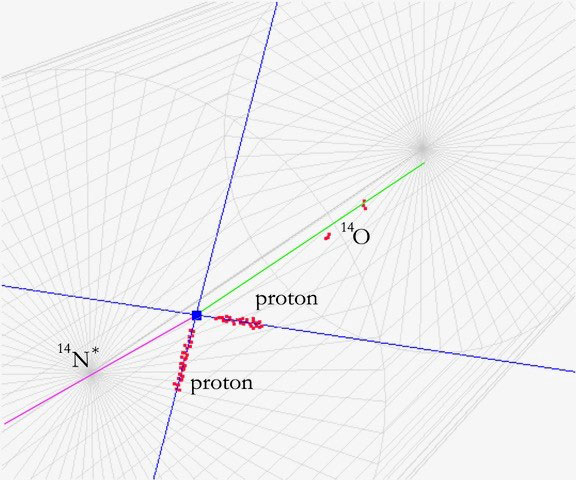
Scientists take pictures of a nuclear reaction in the laboratory to understand processes inside the cores of stars.
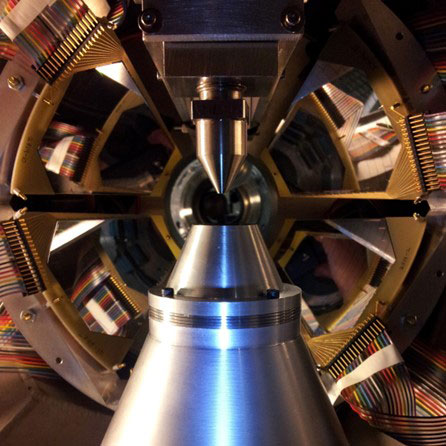
A unique study of a key reaction in X-ray burst nucleosynthesis bolsters the theoretical models used to calculate reaction rates.
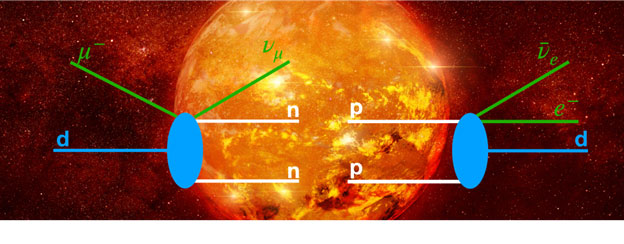
Nuclear theorists study muon capture on deuteron to understand proton-proton fusion and the hydrogen burning phases of stars.
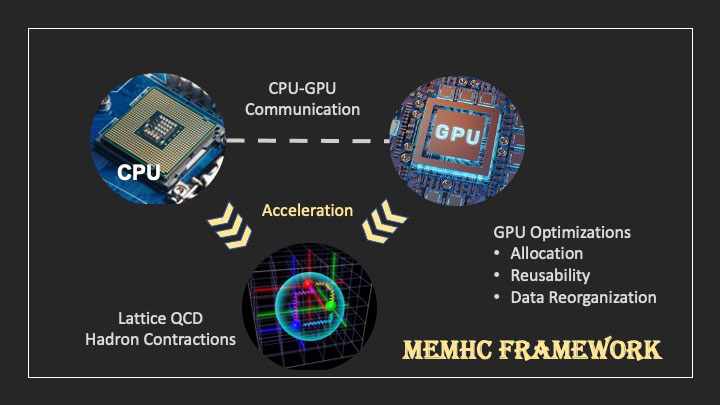
MemHC improves the efficiency of complex supercomputer physics calculations by optimizing memory management.
Signup for the Office of Science’s GovDelivery email service, and check the box for the Nuclear Physics Program in your subscriber preferences.
Subscribe